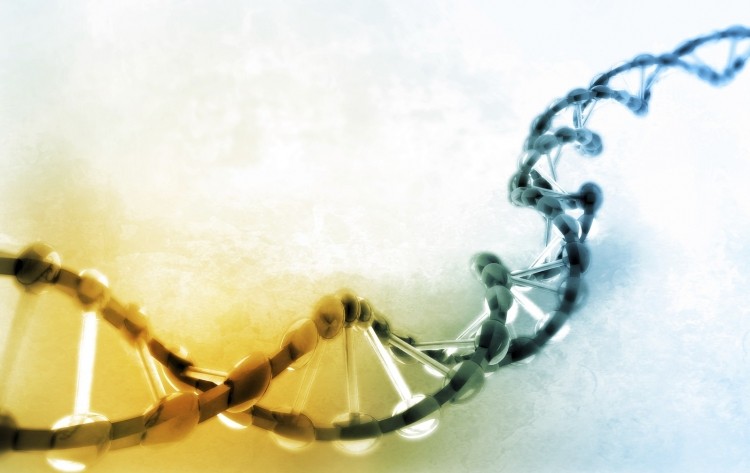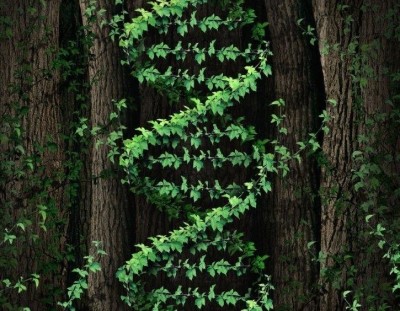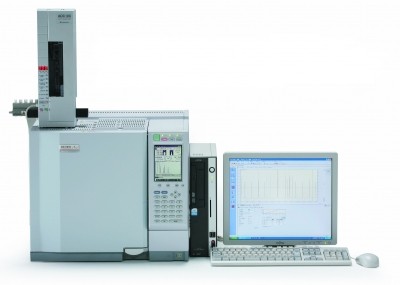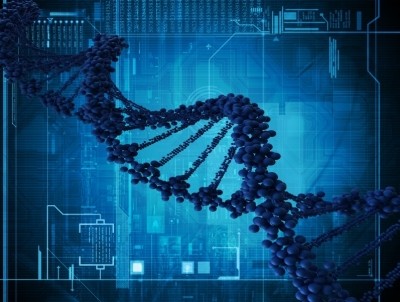Next Gen sequencing still not mature enough to use as standard botanical test method, experts argue

The paper, titled “A caution to industry and regulators - Incidental DNA fragments” may be misinterpreted using Next Generation Sequencing (NGS)”, has been published on a portal hosted by the American Herbal Products Association. The paper was written by Dr Steven Newmaster and Dr Subramanyam Ragupathy of the University of Guelph in Canada and by Dr Robert Hanner, chief technical officer of TRU-ID, a pathogen testing firm located in the university’s technical park.
Problem of false negatives
The authors argue that while NGS is a powerful and promising tool, it is so sensitive that it can pick up false negatives via the myriad DNA fragments that are common in botanical materials. And the technology is not yet able to accurately quantify the amount of the material present from which these trace bits of DNA originate. This can yield results on a botanical sample that while accurate is so far as they go do not present a unified picture of the quality of a sample nor of its suitability for use in a supplement product. For example, the authors said that over the past year they have heard from industry that NGS testing has returned a blizzard of weed species DNA from samples, complicating the quality control process. The goal of the testing ought to be to answer the questions of: What is this stuff? And, now that I’m sure what it is, can I go ahead and use this lot of material? At the moment, Drs Newmaster, Ragupathy and Hanner argue, NGS is not the best tool to answer these questions.
“Such reports result in conclusions that are irrelevant at best and potentially misleading, and in fact may only point to a trace amount of an inconsequential taxon that has no real relevance to the analysis or underlying research,” they wrote.
The authors observed as an aside that where the DNA rubber really meets the road—in the testing for pathogens in food products—NGS is not yet an accepted technology. Millions of dollars and potential big public health risks ride on the outcome of these tests, rather than the question of stray plant DNA in a couple of totes of botanical material.
“The foodborne pathogen industry has not yet adopted NGS technology. In short, they have not yet been able to overcome the above issues in order to provide a statistically valid test, and when applied to detection of food pathogens the possibility of a false positive result can cause significant business disruption, while any chance of a false negative is well understood to be an unacceptable threat to public health. Progress in this area is being made, however, and current research suggests commercial NGS tests for foodborne pathogens will be available within the next two years,” the authors wrote.
Dr Newmaster told NutraIngredients-USA that NGS as yet lacks the validated public standards that could make it an ubiquitous tool. He believes those standards will be developed, helping make NGS a highly useful tool in the future. Among those additional techniques that could help the testing approach mature would be to develop bioinformatic algorithms that adjust the estimates of sequence abundance from NGS per species.
“We just need to be careful and make sure that we have statistical models to go along with those algorithms,” he said.
DNA barcoding limitations
Before NGS came on the scene, the standard method for applying DNA testing to botanical material was to use a DNA barcoding technique. That has proven to have limitations, too, Dr Newmaster said.
“People think when you use the term ‘DNA’ it’s a catchall and it’s not. The problem with barcodes is by definition they are very specific. You go to a specific point on the sequence and you match that with the validated sample from your library. That’s great for biodiversity research but it doesn’t work very well for you guys in industry,” he said.
Dr Newmaster said that validated DNA methodology has been developed at Guelph that relies on PCR tests. The test protocol has been used to look for foodborne pathogens.
“It must be validated before it becomes a commercial tool and that validation needs to be a public process. We have opened our doors to allow USP, FDA and Health Canada to visit and observe what we’re doing. We are publishing in journals. We need good, validated tests that are peer-reviewed,” he said.
NYAG monitoring developments
Dr Newmaster was involved with New York Attorney General Eric Schneiderman’s initial foray into questioning the testing and quality control procedures in the dietary supplement industry. He said the NYAG has stayed in contact with him to monitor the latest developments in DNA technology.
Hovering over the whole question of DNA testing for botanical materials is a perhaps undeserved halo of infallibility for the technology, a so-called ‘silver bullet’ effect that could be the result of its use in law enforcement (and sensationalized in TV crime shows) to either convict or exonerate defendants. Experts have told NutraIngredients-USA that testing plant DNA is a much different ballgame than testing mammalian DNA. And even in the case of the use of DNA testing in law enforcement, chinks are starting to show in the armor. In one of the most high profile cases ever in which DNA testing figured prominently, the case of the unsolved murder of Jon Benet Ramsey, serious questions were raised just yesterday about the DNA tests that were used to shift suspicion away from family members toward an as yet unidentified intruder.
To read the full paper, click here.








